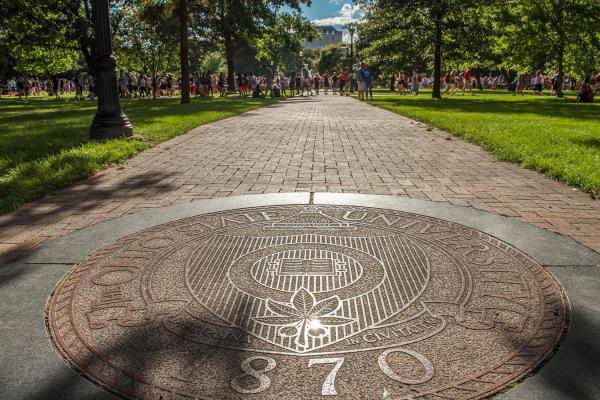
Join SEELC for the 25th Kenneth E. Naylor Memorial Lecture. Dr. Motoki Nomachi (Hokkaido University) will present this year's lecture: "Avram Mrazović’s Linguistic Thought and the Question of Polyvalency in Church Slavic".
Dinner will be served at 5:30pm and the talk will begin shortly after. An abstract of the lecture can be found below.
Abstract:
The sociolinguistic situation among Serbs in the 18th and the early 19th centuries can be characterized as multiglossia with dynamic changes in a rather short period, as was cogently described by Professor Kenneth Naylor in a 1980 article. These dynamic changes and multiglossia came to an end with the triumph of Vuk Karadžić’s reform of a literary language in which Slaveno-Serbian, a mixture of Russian Church Slavonic and Serbian vernacular, was replaced with a new literary norm based on the Neoštokavian vernacular but excluding Church Slavonic elements from it.
This process, however, is neither simple nor straightforward. Indeed, one can observe the opposite direction in the development of a literary language among Serbs in the pre-Vukovian period for multiple reasons. However, this aspect in the (short-lived) development of literary Serbian has not yet been analyzed properly. To understand this phenomenon or the retrograde development, in this presentation I analyze the idiolect of Avram Mrazović (1756–1826), an eminent and influential Serbian pedagogue in the 18th and 19th centuries as well as a prominent writer at the time, who in that period published many textbooks which were widely used as standard ones among Serbs. Those texts usually went through several editions in which Mrazović used multiple linguistic registers. Importantly, he even changed his style in different editions of the same title, but previous works on Mrazović have not taken this fact into account. By analyzing linguistically internal changes in Mrazović’s text, I illuminate the development of his linguistic view on a literary language and its polyfunctionality, reflecting the sociolinguistic circumstances the Serbs faced.
